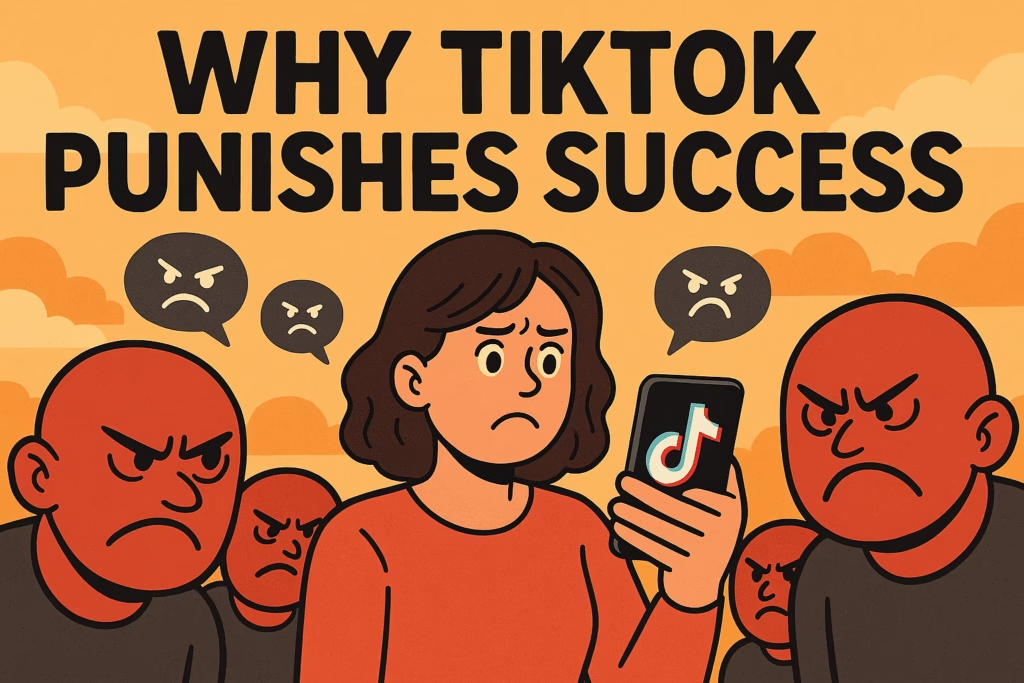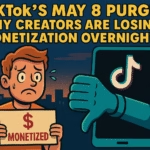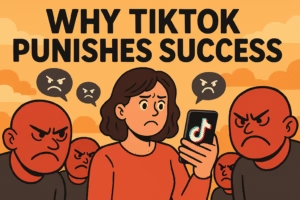
Your video’s finally taking off. The comments are flying in. But half of them? Personal attacks, mockery, and rage-click bait.
Welcome to the dark side of going viral — where growth comes with noise.
For every creator chasing views, there’s a moment when success invites backlash. This isn’t random — it’s baked into the algorithm. And no, it’s not always a bad thing. Haters don’t mean you’re doing it wrong. They mean you’re hitting nerves. Here’s how to handle the storm without losing your mind — or your momentum.
TL;DR — Haters = Growth Fuel (If You Play It Smart)
- More engagement = more reach (even if it’s negative)
- Don’t fight fire with fire — silence is stronger
- Controversial niches (like single moms or estranged families) attract polarized attention
- Use filters and comment settings to protect your mental health
- You’re not alone — top creators ride this wave daily
- Add humor, filters, and structure to control the chaos
- Use tools to stay sane and scale smarter
1. Hate is a Byproduct of High Reach
The more people who see your content, the more chances you’ll trigger someone. Especially if you’re posting from a raw, emotional, or polarizing niche — like single motherhood or calling out deadbeat dads.
It’s not you. It’s the size of the stage. You’ve touched a nerve. And that means your content is working.
Solution: Expect the hate. Don’t personalize it. Screenshot the worst for your media kit receipts later. Seriously. It’s data. It’s proof.
2. Engagement Is Engagement — But It Comes at a Price
TikTok doesn’t care if someone loves you or hates you. If they comment, rewatch, or share — it counts. Hate drives the numbers too.
So when you reply to haters? You boost your own post.
But beware: replying to negativity, especially with emotional video replies, can spark more hate. Trolls want a reaction. Don’t give it to them. You’re not obligated to educate, explain, or clap back.
Pro move: Use a tool like Blaze AI to monitor which types of comments are helping or harming your growth — then set your filters accordingly.
Also? Batch and delay your replies. Don’t respond when triggered. Sleep on it. Then strike (or don’t).
3. Creator Filters Are Your Secret Weapon
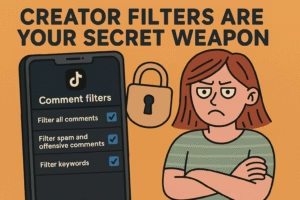
TikTok’s built-in comment filters can save your sanity:
- Auto-hide comments with flagged words
- Manually approve comments before they go live
- Filter out comments from accounts with no profile pics
Use these aggressively during spikes.
Solution: Turn off comment approvals after the storm has passed. During high engagement, protect your peace first — optimize later. Peace is productivity.
4. When to Reply (and When to Stay Silent)
Most top creators don’t engage with trolls. If they do, it’s with humor or sarcasm — not arguments.
You’re never going to change a troll’s mind.
But a well-placed, cool-headed reply can sometimes flip the narrative. Or at least entertain your real fans.
If it’s harming your mood, though? Let it sit in the filtered comments. You owe nobody your peace.
Try this: Save your reply as a draft. Re-read it 24 hours later. If it still feels worth it? Post. If not? Delete and move.
5. Own Your Narrative, But Don’t Let It Own You
If your niche is vulnerable — like trauma sharing or relationship commentary — you’re going to get judged. Hard.
That doesn’t mean you’re wrong to post it.
It means you’re ahead of most creators who play it safe. But remember, there’s a difference between sharing and spiraling.
Just make sure you’re posting from a place of strength, not pain. Don’t let strangers weaponize your story.
Build a buffer: Post content 1–2 weeks ahead. That way, you don’t post in the heat of emotion.
6. Hate Follows Growth — Always
Ask anyone with a big account: the hate always comes.
They’ll tell you:
- It never really stops
- It’s never personal
- And it’s a sign you’re on the right track
When they hate you and can’t look away? That’s when you’re winning.
Let the hate fuel your rise. Let the filters do the cleaning. Let the trolls scream while you scale.
And if it gets too loud? Just log off.
Success still counts even if no one claps.
Remember: If you’re not getting hate, you’re probably not growing fast enough.
Keep going. Post louder. And build systems that make hate irrelevant.
7. Train Your Audience, One Post at a Time
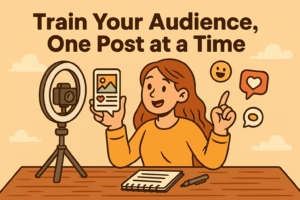
People react based on the precedent you set. If you keep replying to trolls, you’re training them to expect a response. Flip it. Highlight kindness, pin uplifting comments, reward humor.
It subtly teaches new viewers the vibe of your page.
Solution: Create boundaries in your comment section. Let people know where the line is — and stick to it.
8. Build a Real Fan Wall — Off TikTok
Your mental health shouldn’t depend on strangers. Create a place where your real fans gather — a Discord, a newsletter, a close-friends group. Somewhere you control.
Idea: Offer bonus content or behind-the-scenes stories only for those who opt in. You’ll grow a stronger community, not just a follower count.
9. Lean Into the Hate (Strategically)
Sometimes, the hate can become content. Not in a reactive, bitter way — but in a way that reclaims the narrative.
Think: screenshots with commentary, stitched videos with humor, or resharing troll quotes with grace.
But — this works only when you’re emotionally detached. If it still stings, skip it.
10. Use Tools to Build Distance
Manual moderation drains energy. Let tech do the heavy lifting.
Use tools like:
- Blaze AI: comment analysis, post scheduling
- Social Proxy: keep accounts safe from unwanted manual bans
- Systeme.io: build landing pages or safe communities away from the noise
Creators scale by using systems — not willpower.
Your job isn’t to fight the internet. It’s to post smart, protect your space, and grow without apology.
11. Don’t Let Comments Derail Your Strategy
Just because you’re getting a flood of hate comments doesn’t mean your post was a mistake. Don’t let five angry replies derail a strategy that’s working. Zoom out and track the data: are you getting shares? Follows? Saves? That’s what matters.
Solution: Judge your content based on its growth metrics — not random strangers’ projections.
12. Detach From Outcome, Recommit to Routine
Consistency beats virality in the long run. Don’t fall into the dopamine loop of chasing applause or defending every piece of content.
Do this instead: Post, monitor, analyze, improve. Repeat. Keep emotion out of the loop.
13. Turn Pain Into Brand Power
If your content leans into raw or difficult experiences, you can convert pain into power — without oversharing. Frame your story in a way that helps others.
Tactic: Turn your worst hate comments into themed series. Educate. Empower. Entertain. Rise above.
14. Audit Your Audience Monthly
Sometimes, the hate isn’t about your niche — it’s about who’s watching.
Every few weeks, go through your analytics and see what kind of users you’re attracting. Adjust your hooks and hashtags accordingly to shift the content pipeline toward a better-aligned crowd.
Example: If trolls are finding you through #deadbeatdad, maybe start testing niche tags like #singlemomstrong or #momtokinstead.
